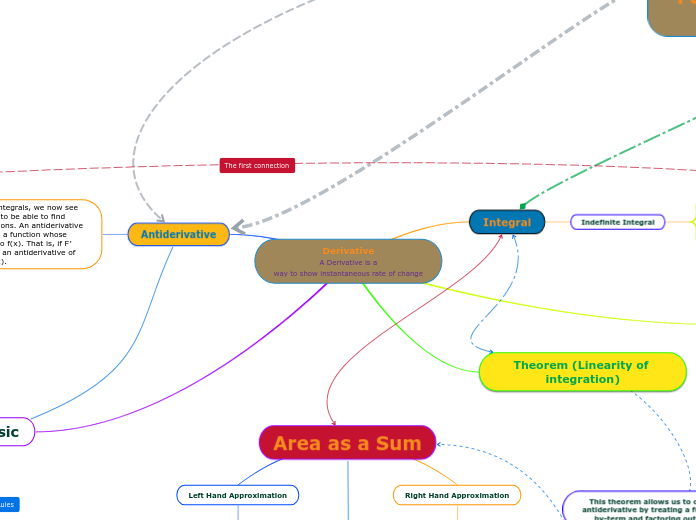jonka Colin Hurtt 3 vuotta sitten
247
Derivative A Derivative is a way to show instantaneous rate of change

jonka Colin Hurtt 3 vuotta sitten
247

Lisää tämän kaltaisia
Because any two antiderivatives differ by a constant c, we can write a general antiderivative. For x^2, it would be x^3/3 + C.
∫ x^2 dx= x^3/3 + c